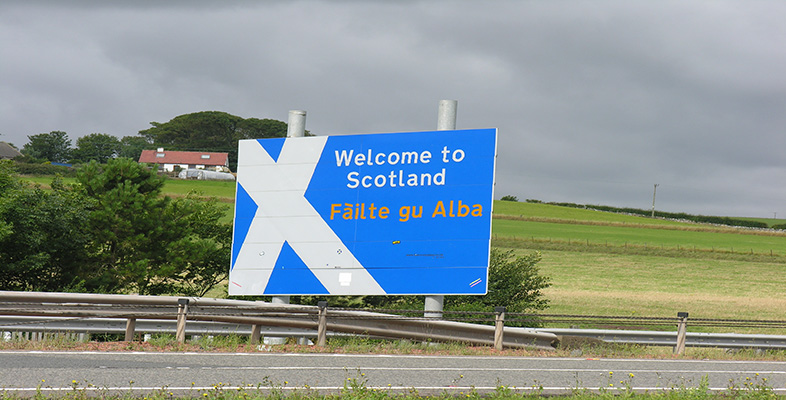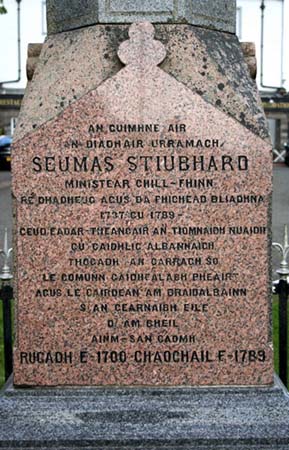1.5 Religion
Because of the exclusion of Gaelic from government and most aspects of national public life, the Church was of great importance as one of the few national institutions where the language could be used in a high-register milieu. From the 17th century onwards, the Kirk made an effort to provide a Gaelic-speaking ministry for the Highlands, although a shortage of qualified ministers caused difficulties.
However, hostility to the language in official circles in the Lowlands ensured that the translation of the full scriptures into Gaelic was tardy, the first attempt being the reprinting in 1690 of the Irish Bible in Roman, rather than (Irish) Gaelic, script. This was unsatisfactory, as the Classical Irish Gaelic of the Bible did not adequately represent the Scottish vernacular.
The Scottish Gaelic New Testament was only completed in 1767 and the Old Testament in 1801, fully two hundred years after the publication of the Welsh Bible.

